Avoidants will always use the same three tests before they let you in emotionally.
And no, it’s not the usual stuff like pulling away or ghosting.
These are tests happening right under your nose, and if you’re not careful, you’ll miss them completely.
Once you understand what they are, everything about your relationship will start to make sense.
Test #1: Running The Pain Gauntlet
I was reading Psychology Today and recently stumbled across this little excerpt from Hal Shorey, a clinical psychologist.
He says,
“If you want to stay in the relationship, you should be aware that you may also have to endure some ‘testing behaviors.’ The person with the fearful style may engage in some negative or challenging behaviors to see if you are going to reject or hurt them.”
So basically they’re going to run you through what I like to call a “pain gauntlet.”
Now it’s interesting.
The phrase “run the gauntlet” is rooted in the 17th century where a party judged guilty was forced to run between two rows of soldiers, who strike out and attack them with sticks or other weapons.
The thinking was simple, make it through the two rows of soldiers alive and you’d be let off free, perish, and well, you’re dead, and since you were judged guilty justice has been served.
Now obviously avoidants don’t actually put the people they are in relationships with through a physical gauntlet.
But they do put them through an emotional one.
Imagine this: you’re going through the early stages of a relationship, and suddenly the person you’re dating starts pulling back.
They might cancel plans without reason, ignore your calls, or seem distant just when things were going well. It feels like you’ve been thrown into this unexpected challenge where the rules are unclear, and your emotional endurance is being tested.

What Are Your Chances of Getting Your Ex Boyfriend Back?
Take the quizNow, here’s the thing. There was no warning.
- One day things were going perfectly.
- The next, they’re cold.
It’s like a door slamming shut in a silent room. You’re left standing there, wondering what just happened.
Well, you’ve found yourself Running the Pain Gauntlet.
It’s not about survival in a literal sense, but it is about survival in the relationship.
The avoidant will push you to see how much you can endure.
- They’ll withdraw affection
- Become inconsistent
- Even criticize you subtly
All while closely watching your reaction.
Why, though?
Why put someone they supposedly care about through this test?
It comes down to their core wound: their overwhelming need for independence.
This need didn’t just appear out of nowhere—it’s deeply rooted in their early experiences.
- As a child, they likely received inconsistent care.
- One moment, a caregiver might have soothed them, showing comfort and safety.
- The next moment, that same caregiver might have gotten angry or impatient, expecting the child to deal with things on their own.
Erica Komisar, a Licensed Clinical Social Worker, who I had the pleasure of interviewing, ties this concept into sailing through the Caribbean.
So essentially what she’s saying is that from a very young age, avoidants had to learn how to create their own Caribbean, because their caregivers did such a poor job at it growing up.
So, what do avoidants learn?
Well, they learn that:
- Closeness is unreliable, that leaning on others is dangerous, because it can turn into rejection at any moment.
- So, as adults, they recreate this pattern, putting those closest to them through the same emotional whiplash.
- It’s a way of protecting themselves from the fear of being let down again.
- The goal here (though likely unconscious), is to confirm their very worst fear: that anyone who gets close enough will eventually leave.
In the avoidant’s mind, every blow they deal—whether it’s emotional coldness, withdrawal, or rejection—is like a test to see how you respond.
Will you still stick around? Or will you confirm what they’ve believed all along: that no one can handle the “real” them and that love always ends in abandonment?
The longer you endure this emotional gauntlet without running away, the more they might start to believe that maybe you’re different, maybe you won’t hurt them.
It all makes sense, right?
But even talking about this is ironic—this test is unfair and taxing on the other person in the relationship. Because while you’re trying to prove your loyalty, it can feel like you’re also sacrificing your emotional needs in the process.
And I don’t want anyone to think this is “normal behavior.” It’s not.

What Are Your Chances of Getting Your Ex Boyfriend Back?
Take the quizIt’s borderline abusive.
But I’ll slow my roll here. We’ll talk more about this later.
Ultimately at the end of this gauntlet, there are two possible outcomes:
- You either pass the test and get a glimpse of their vulnerability
- Or you fail, and they retreat further, convinced that they were right all along to keep people at a distance.
It’s a cycle that’s exhausting for both sides.
Ah, but it’s got nothing on our next test.
Test #2: The Phantom Ex Perfection Test
Meet Lynell.
On August 21st, 2014, she appeared on “Oprah,” and shocked the world when she let her “ideal man” list be known.
There were 43 items:
- He had to be African American (with dark complexion)
- Tall (6 foot 2 or taller)
- Athletic Body Type
- 230lbs
- Dark Eyes
- Straight White Teeth (All 32 of them)
- God Fearing
- Attends Service Regularly
- He needs to be a millionaire
- Have a sense of humor
- Ambitious with drive
- Generous
I mean, I could go on and on but you get the idea; There are 43 of these qualities.
Now, if you look at the comments in the “Oprah” video, where this list went viral, people are lighting Lynell up:
- “It always amuses me when I meet a women with a long ideal man list, usually they have the least amount to offer and comes with the most baggage…”
- “Peep how the first half of that list was all superficial attributes. Hope she found someone the complete opposite to humble her. God forbid her ideal man ever lost income or worse, got injured. Smh.”
- “and remember fella’s we’re supposed to be the shallow ones”
Here’s the thing. This list of Lynell’s is actually eerily similar to our second test.
Alright, I’m going to give you the secret to understanding all avoidant behavior. It’s comically simple.
If you ever want to understand why they’re doing something that seemingly makes no sense to you just apply this simple statement to their logic,
- “Will this allow me to have more independence?”
Every avoidant has a Lynell list.
Except theirs doesn’t stop at 43 items; It keeps growing.
Anyone who has been an avid watcher of this YouTube channel knows that I talk a lot about the phantom ex concept in relation to avoidants.

What Are Your Chances of Getting Your Ex Boyfriend Back?
Take the quizAccording to Attached,
“One of the consequences of devaluing your romantic relationship is that you often wake up long after the relationship has gone stale, having forgotten all those negative things that annoyed you about your partner, wondering what went wrong and reminiscing longingly about your long lost love. We call it the phantom ex phenomenon.”
Ultimately at it’s core what a phantom ex is, is a deactivation strategy. Something an avoidant can use to ensure they maintain their independence.
For them it’s better to daydream about a long lost love, than to commit to the person right in front of them.
But here’s where I think many people get it wrong. Most assume that an avoidant only fixates on one phantom ex—one person they idealize and compare every future partner to.
The truth?
It’s much more complicated than that.
Yes, an avoidant might have a predominant phantom ex, someone they seem to romanticize more than others.
But in reality, they don’t stop there:
- They take the best parts from all their past relationships
- Picking and choosing qualities, attributes, and experiences that they loved
- And fuse them together to create a kind of “Frankenstein Phantom Ex”
It’s not just one person they’re daydreaming about; it’s a composite of all their previous partners, stitched together into an impossible standard no real person can live up to.
This Frankenstein-like phantom ex is perfect in their eyes, always meeting their needs without demanding anything in return.
They don’t have to worry about emotional intimacy or getting too close because, in their mind, this phantom can’t hurt them. The idea of this perfect, unattainable love becomes a protective barrier, something they can retreat into whenever the real relationship feels too overwhelming or vulnerable.
And here’s the kicker: no one in the real world can ever compare to this idealized “best-of” version of their past.
It gives the avoidant an excuse to keep pulling back, keeping you at arm’s length, all while continuing to chase a fantasy they’ve created out of fragments of their past.
Test #3: The Global Gauntlet Repeat
Look at this.
If you’re an avid watcher of this YouTube channel you’ve seen it before; It’s my Avoidant Death Wheel.
Basically, it’s a cyclical pattern that avoidants go through in relationships:
- From craving love and connection
- To pulling away
- To devaluing their partner
- Eventually distancing themselves entirely.
It’s a constant loop of emotional highs and lows, where they seek closeness, but once they get too close, they feel the need to escape.
Now, take special note of Stage 2 in the Avoidant Death Wheel.
The “I’ve found someone, my troubles are over” Stage.
- This is essentially the “Honeymoon Period”
- Where everything feels perfect
- And, both people are just enjoying each other’s company without any real pressure or expectation.
Here’s my theory: in a perfect world, avoidants would want to live in Stage 2 indefinitely.
Think about it—it’s the ideal setup for them.
During the honeymoon phase, you’re not talking about serious commitment, there’s no pressure to define the relationship, and everything feels light, fun, and exciting. They get to experience all the highs of connection without the fear of losing their independence.
It’s like the best of both worlds for an avoidant.
They can indulge in the emotional high of a new relationship without the risk of feeling trapped. There’s no need to dive into the deeper, scarier parts of a relationship that require emotional vulnerability or discussions about the future. In this phase, they get closeness on their terms—without having to sacrifice their cherished freedom.
Ah… but that doesn’t last forever.
Eventually their partner wants more and that’s where Stage 3, 4 and 5 of the Avoidant Death Wheel come into play.
If you’re wondering – That’s when they start giving you the tests we’ve been talking about.
They’ll run you through the gauntlet—testing your emotional endurance by pulling back, withdrawing affection, and becoming inconsistent.
If you somehow manage to survive that, congratulations, you’re still not done.
Because next, they’ll hit you with the Phantom Ex Test, comparing you to an impossible standard.
At this point, you literally have to be perfection personified.
They’ll measure you against this Frankenstein-like version of their past, picking apart every detail and flaw. And as you’ve probably guessed by now, no one can live up to this ideal.
But let’s play devil’s advocate, and say that someone does make it through the gauntlet. Someone does manage to live up to the Frankenstein- like ideal.
Guess what happens next?
They’ll literally repeat the whole process—again and again.
That’s the maddening part about avoidants. Even if you manage to survive the gauntlet once, and even if you somehow measure up to their impossible standards, it doesn’t mean the cycle is over. Far from it.
The avoidant will reset, and before you know it, you’re right back at the beginning of the Avoidant Death Wheel.
And here’s the kicker: it’s only after they put you through this cycle multiple times—only after you prove, over and over again, that you can be trusted—that they’ll finally start to let you in emotionally.
They need to see that you’re not just capable of handling their distance once, but that you’re strong enough to endure it repeatedly without giving up on them.
- For the avoidant, trust isn’t built in a single moment of loyalty or patience.
- It’s something you have to demonstrate again and again, surviving each test they throw your way.
Only after you pass these emotional endurance trials time and time again, do they begin to believe you won’t abandon them the moment they let their guard down.
But by then, the relationship is already worn down by the weight of those endless tests.
And therein lies the issue with avoidants. There’s a truth that I think most people are too afraid to tell you.
I think it’s very common for in dating, especially early on, people tend to overanalyze and justify avoidant behaviors, coming up with optimistic interpretations like:
- “This is just their way of testing me,” or
- “They’re pushing me away because they’re scared of how much they care.”
It becomes this narrative where enduring the hardship seems like proof of the relationship’s uniqueness, as if surviving the emotional turbulence means you’ve earned a “special bond”.
But here’s the reality: when you’re dating—especially before there’s any real commitment—this kind of behavior is a huge red flag, not a challenge to overcome.
There’s this dysfunction in the way people in dating scenarios accept all this erratic behavior, thinking:
- “Yep, I’ve got this. We’re different.”
They believe they can be the exception to the rule, but more often than not, they end up getting ghosted or dumped.
It’s like all the literature on avoidants, all the videos out there talking about them fuels these fantasy bonds. People lean into these stories of attachment dynamics, thinking that if they just stick around long enough, the avoidant will come around and let them in.
- But more often than not, it ends the same way: no contact.
The cycle repeats, and people are left grieving over a relationship that was never really built on a solid foundation.
The truth is, in a committed relationship, maybe there’s more room for working through these testing behaviors.
But in the early stages of dating?
Accepting them, with the belief that they signal something deeper or unique, just sets people up for disappointment. It’s a trap that keeps them stuck in an unhealthy cycle.
I think the goal, when it comes to dating avoidants, should always be the same:
- “Work toward a more secure outcome while staying out of that vicious death wheel.”
You can’t ignore the warning signs, hoping they’ll turn into something more stable down the road.
If you find yourself caught in these cycles, where the highs and lows keep pulling you back in, it’s time to step back and ask if this relationship is truly moving toward security—or if you’re just spinning around, hoping for a change that may never come.
At the end of the day, progress in a relationship is about mutual effort, not just endurance. And when you’re stuck in the death wheel, you’re not really building anything—you’re just surviving.

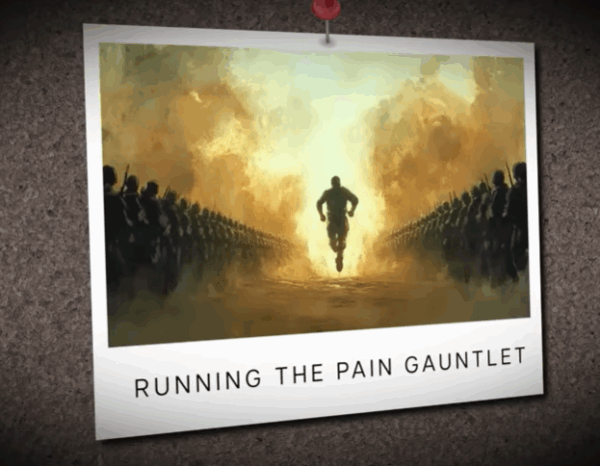
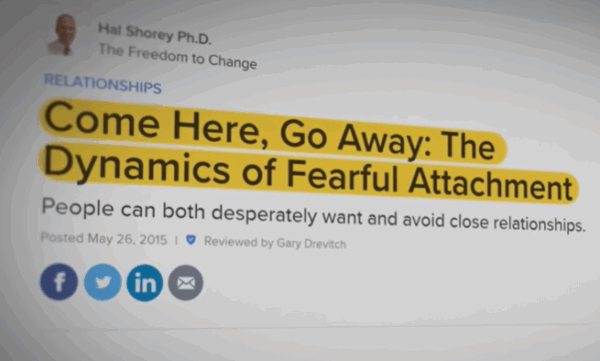

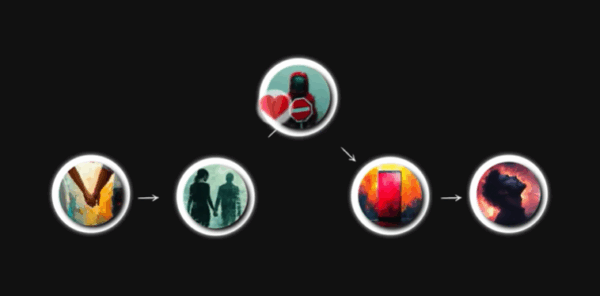
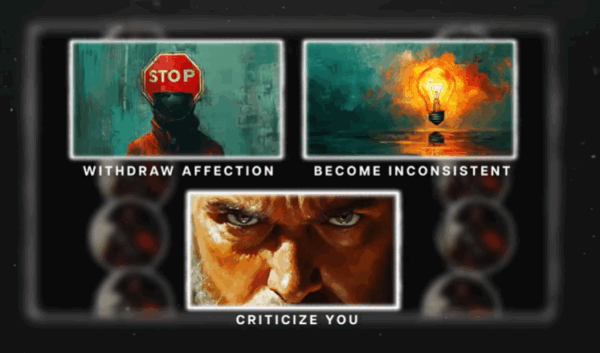

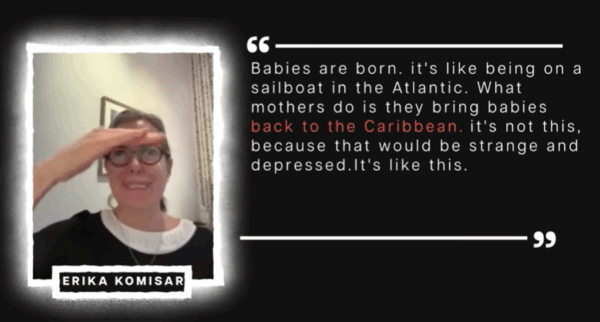







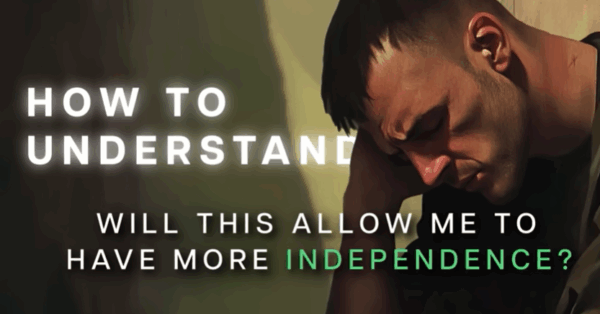
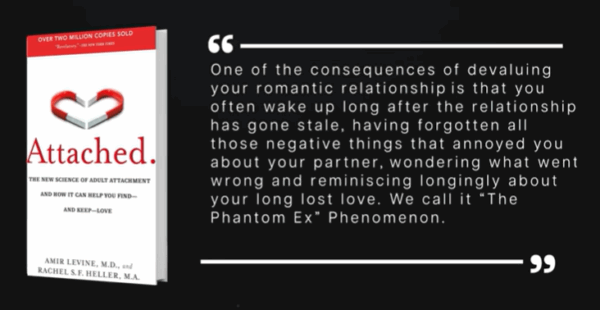


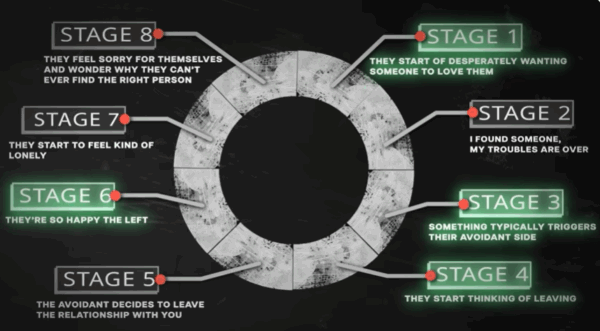
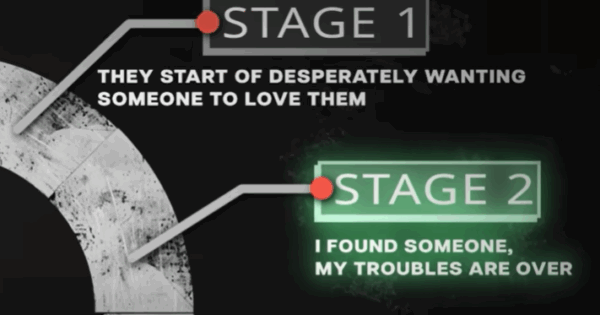


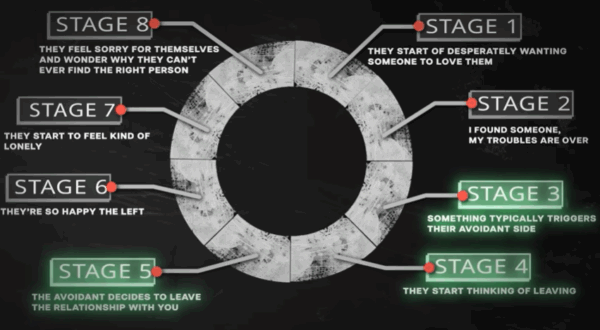



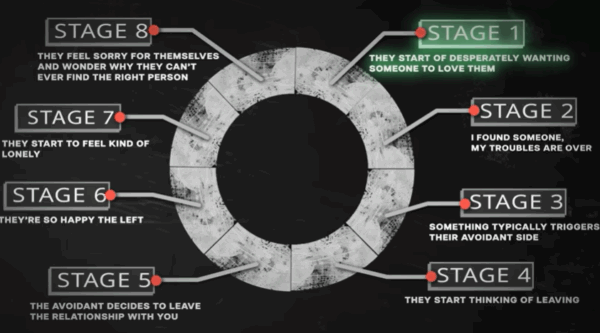




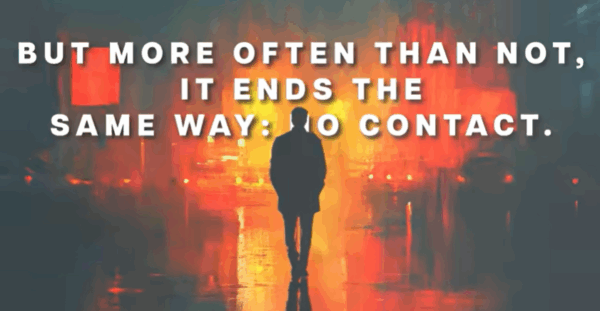
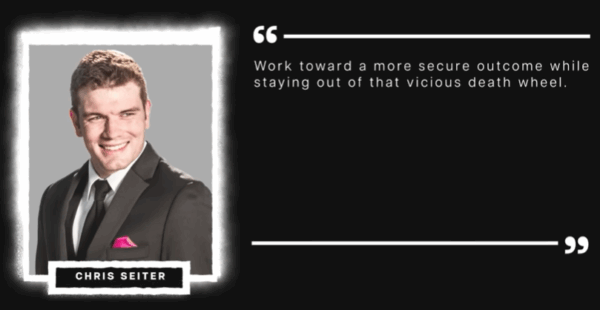
Tiffany
September 27, 2025 at 12:05 pm
Thank you for this very honest take on how avoidants function and whether it is worth trying to.move forward with any sort of relationship. I was fairly secure in my attachment style but did have some anxious traits. The relationship with the DA really brought those to the surface. I keep thinking I could be patient enough that eventually I would win his love and vulnerability but he would always hold back. This cycle has gone on for 6 years. I learned how to “work the system”…..give him space, work on myself and focus on my other relationships with family and friends……and yes, the DA would always come back. But you know what? The cycle is exhausting…..his withdrawal when anything goes wrong is exhausting. His inability to deal with or hear about any of my needs ( which I rarely address or complain about because it causes him to shut down) has finally exhausted me to the point that I need to move on.
I am so sad. I never loved anyone as much as I loved him.
Mike
September 16, 2025 at 6:45 am
I ended up in a situationship recently, a girl I met online. We went in deep very quickly, with a lot of vulnerability (this was behind her illusionary safety of online texting) and had a strong honeymoon period; she was fully involved (with the usual fearful communication method of plausible deniability).
Then she began acting upon a life changing future trip that she had and that was when we went straight to power struggle. Next we had deactivations, how trauma from a few years ago was the reason for everything, looking for a definition of us that was neatly non-contradictory. The push-pull cycle was quick, she returned to “our caring friendship” in a matter of hours.
I am a secure individual who was always honest with his feelings, have never got mad, and never judged her, just met her with love and patience.
But recently I finally revealed that even after a few months I understood her core wounds, because the intensity was increasing, the deactivations more severe. And she was then refusing RL time because she wasn’t ready for a relationship. The “push-pulls” are indeed a relational problem, but one she will have with anybody. So a few days ago I took matters into hand and gently pointed out contradictions (a mainly online relationship has benefits, you can reread the messages and find the inaccuracies).
I spent six months closely watching and understanding, maintaining my boundaries intuiting and research her entire landscape.
Being secure and informed is useful, but you can only do so much, and it gets to the points that I have to honour my own earned security and not let her fearfulness encroach on that and my fundamental needs.
She is now shocked and surprised that I feel this way, how she knew this would always happen. You know the script. My parting words were : love always leaves you if you keep pushing it away, the cycle of pain is reinforced by self sabotage.
Let’s see what happens. I feel better for doing that, ambiguity is a killer of intimacy.
Lisa Maria Winkle
August 1, 2025 at 10:26 am
Hello there.
I have just been broken up with again – my partner is avoidant, but also VERY depressed. He didn’t want to end it, we had a very good conversation about it – there was no brutal discard. I think he is so overwhelmed by everything – nothing in his life is going well at the moment ( I was the only stable thing)
I have done a lot of work on myself and my anxious attachment – he even said how much I had changed and how different I was. So I am product of that. We are in no contact at the moment. I hope he comes back but he’s got some work to do….